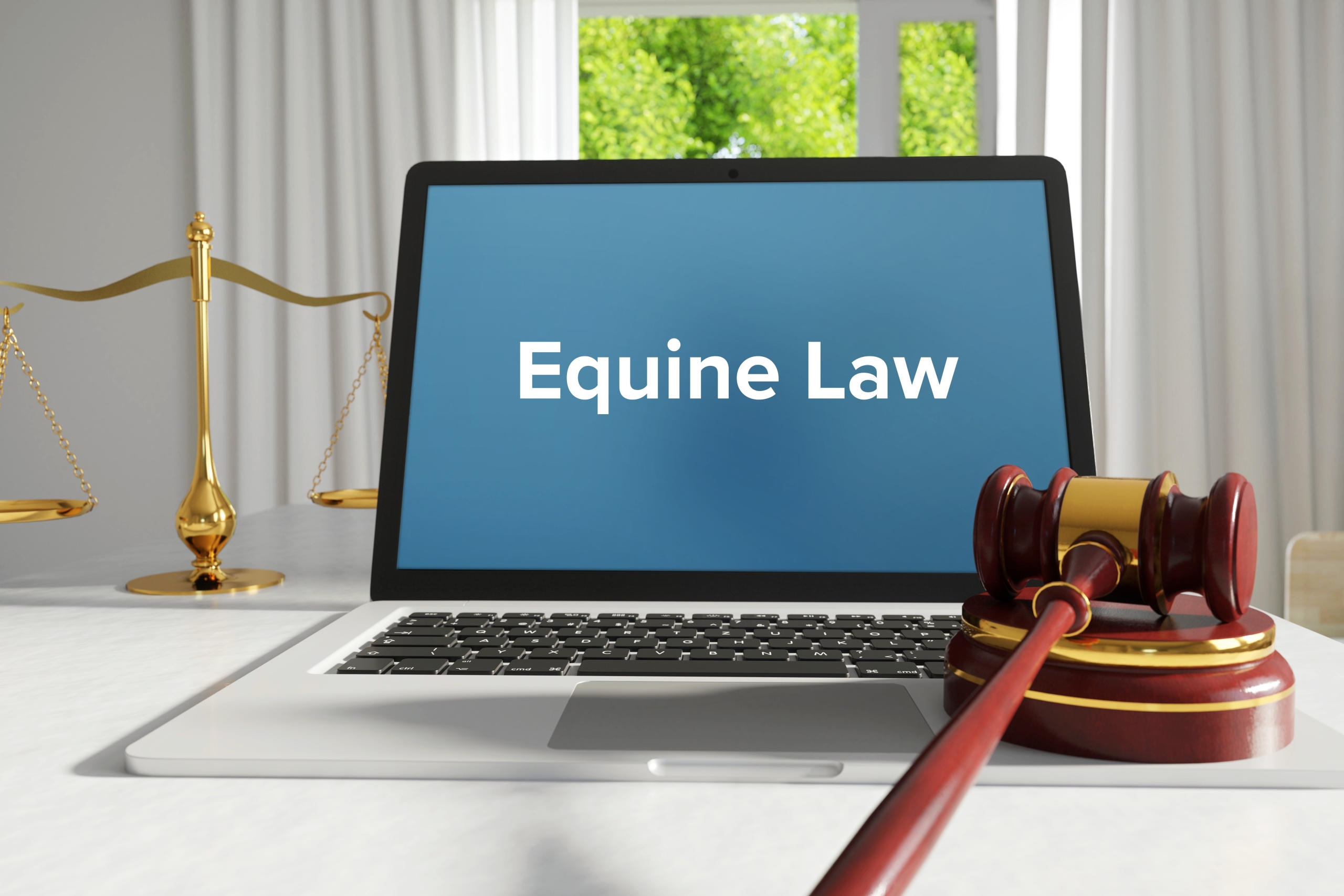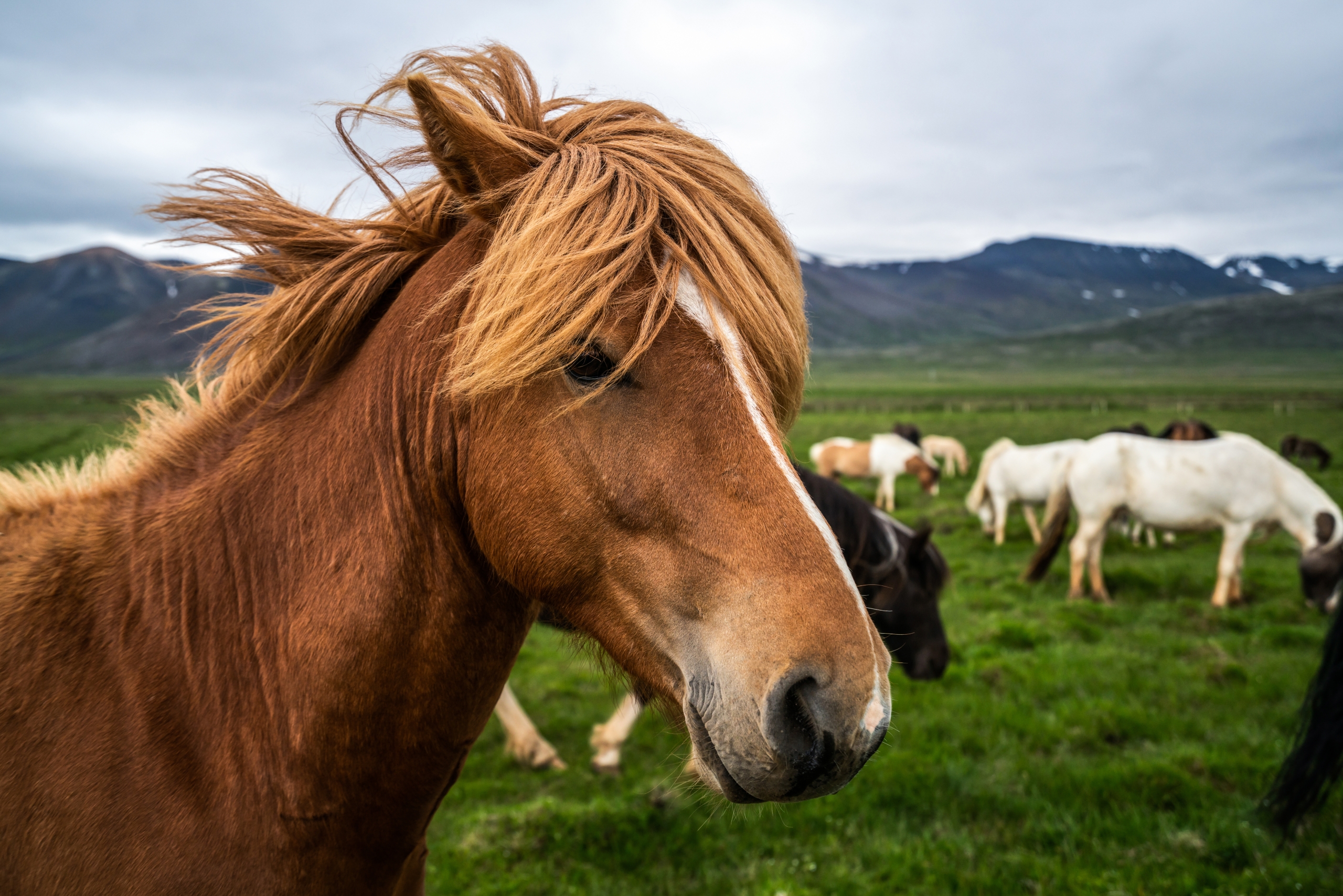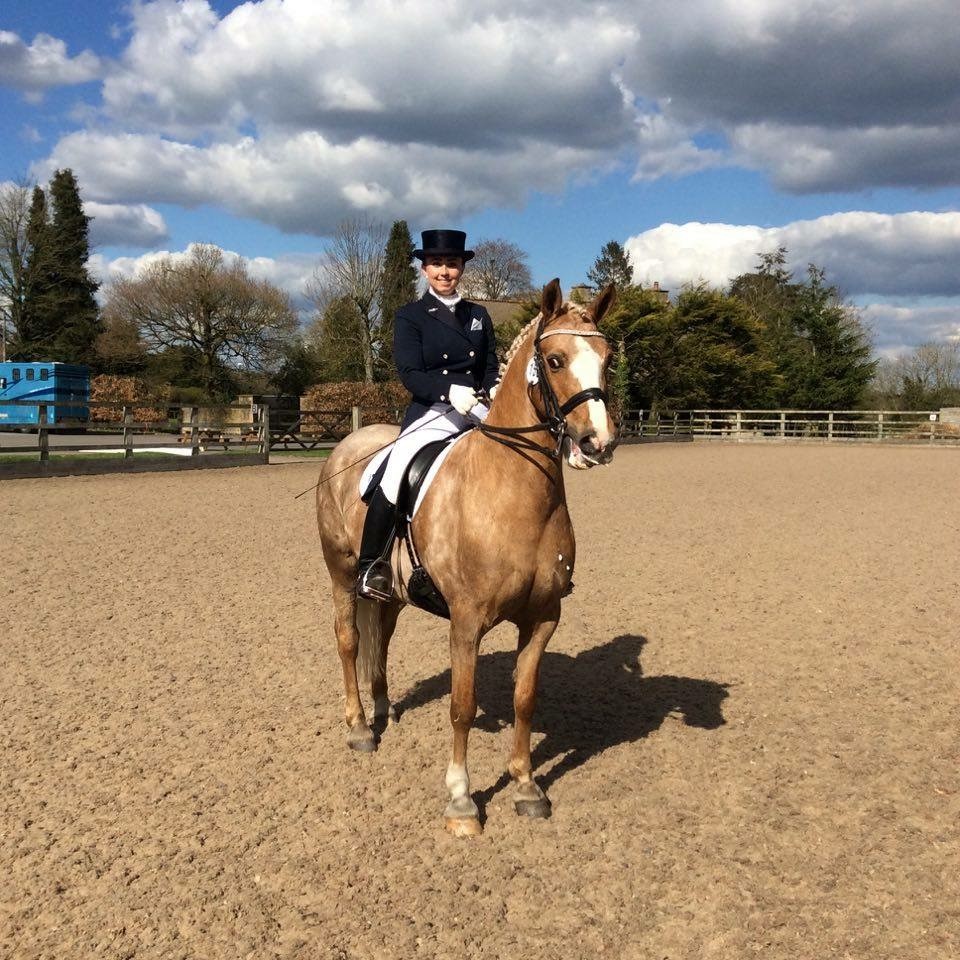OLS Solicitors Blog
Best Practices for Loaning a Horse: A Comprehensive Guide

Introduction
Loaning a horse can be a mutually beneficial arrangement for both the owner and the borrower. It offers flexibility and the opportunity to enjoy the experience of horse ownership without the financial strain of buying your own horse. However, to ensure a successful and harmonious loaning arrangement, it’s essential to follow best practices that protect both parties and, most importantly, the welfare of the horse. In this blog post, we’ll outline the key steps and considerations for loaning a horse.
-
Define the Terms Clearly
Tip: Establish clear, detailed terms for the loan arrangement.
Best Practice:
Draft a comprehensive loan agreement that outlines the responsibilities and expectations of both the owner and the borrower. This should include:
– Duration of the loan
– Financial responsibilities (e.g., veterinary care, farrier, insurance, feed)
– Care and exercise requirements
– Usage restrictions (e.g., competition, breeding)
– Conditions for termination of the loan
A clear agreement helps prevent misunderstandings and provides a reference point in case of disputes.
-
Conduct a Thorough Assessment
Tip: Evaluate the suitability of both the horse and the borrower.
Best Practice:
For Owners:
– Assess the borrower’s experience and facilities.
– Ensure they have the necessary skills and resources to care for your horse.
– Visit the borrower’s yard to inspect the facilities.
For Borrowers:
– Assess the horse’s temperament, health, and suitability for your needs.
– Arrange for a trial period to ensure compatibility.
– Consult with a veterinarian to verify the horse’s health status.
A thorough assessment ensures that the horse is placed in a suitable environment and that the borrower is confident in their ability to meet the horse’s needs.
-
Insurance and Liability
Tip: Ensure appropriate insurance coverage is in place.
Best Practice:
Both parties should have adequate insurance coverage. The borrower should have public liability insurance to cover any accidents or damage caused by the horse. The owner should maintain insurance for major medical expenses, mortality, and theft. Specify in the loan agreement who is responsible for insurance premiums and any excess payments.
Insurance provides financial protection and peace of mind, covering unforeseen events that could otherwise lead to significant costs and legal disputes.
-
Regular Communication
Tip: Maintain open and regular communication.
Best Practice:
Establish a schedule for regular updates and visits. Owners should stay informed about their horse’s well-being and any changes in its condition or behaviour. Borrowers should feel comfortable reporting any issues or concerns promptly.
Regular communication fosters trust and ensures that any problems are addressed quickly, maintaining the welfare of the horse and the satisfaction of both parties.
-
Veterinary Care and Health Monitoring
Tip: Agree on a plan for veterinary care and health monitoring.
Best Practice:
The loan agreement should specify the protocols for routine veterinary care, vaccinations, and emergency treatments. Agree on who will contact the veterinarian, how costs will be covered, and what to do in case of an emergency.
Regular health monitoring and timely veterinary care are crucial for the horse’s well-being. Clear guidelines prevent delays in treatment and ensure both parties know their responsibilities.
-
Training and Exercise
Tip: Set clear guidelines for the horse’s training and exercise regimen.
Best Practice:
Agree on the type and frequency of exercise and training the horse will receive. Ensure the borrower understands and respects the horse’s current fitness level and training needs. This can include specifics about riding, turnout, and any restrictions due to the horse’s age, health, or temperament.
Consistent training and exercise are essential for the horse’s physical and mental health. Clear guidelines help maintain the horse’s condition and prevent overuse or neglect.
-
End-of-Loan Arrangements
Tip: Plan for the end of the loan period well in advance.
Best Practice:
The loan agreement should outline the procedures for returning the horse at the end of the loan period. Include conditions for extending the loan, the notice period for termination, and the process for transferring care back to the owner.
Having a clear end-of-loan plan ensures a smooth transition for the horse and avoids last-minute complications or misunderstandings.
-
Legal Considerations
Tip: Consider consulting a legal professional.
Best Practice:
While a detailed loan agreement can cover most aspects of the arrangement, consulting with a legal professional can ensure that the contract is comprehensive and enforceable. This can be particularly important for high-value horses or complex loan arrangements.
Legal advice helps protect both parties’ interests and ensures that the agreement complies with relevant laws and regulations.
Conclusion
Loaning a horse can be a rewarding experience when done correctly. By following these best practices, owners and borrowers can create a structured, transparent, and fair arrangement that prioritises the horse’s welfare and meets the needs of both parties. Clear agreements, thorough assessments, and regular communication are key to a successful loaning experience.
Remember, the primary goal is to ensure the well-being of the horse while fostering a positive and beneficial relationship between the owner and the borrower.


